Historical Background
Salamis is a port city along the eastern coast of Cyprus. It was a most impressive and important settlement on the island with a history dating back to the 10th century B.C. with Achaean and Anatolian inhabitants and it became a prominent city in the region by the 8th century. During 707-669 B.C. Cyprus was under Assyrian rule, then it was passed to Egyptians for ~25 years (570-545 B.C.), and then to the Persians in 526 B.C. All during this time, Salamis was the preeminent city on the island and a strategic port for the surrounding nations of the Mediterranean. Specifically, in 560 B.C. King Euelthon of Salamis, took control of the island and made Salamis the capital until 411 B.C. Also, it was King Evagoras I (435-347 B.C.), a descendent of Teucer, who introduced the Greek alphabet to the people of Cyprus.
When Cyprus came under Persian rule in 526 B.C. the kings of Cyprus were granted independent rule, but after being sieged in 380 B.C. the reign of the kings of Cyprus ended and the island was forced to pay taxes as a vassal state of the empire. Then, when Alexander the Great opposed the Persians and rebelled against the empire, Salamis was a leading figure in the war and contributed many ships to Alexander's fleet, especially in the siege of Tyre (332 B.C.). Salamis has been noted as struggling for independence. They rebelled against Persia in the battle of Salamis (480 B.C.) and again in 350 B.C. but were crushed by the forces of Artaxerxes III. King Pnytagoras of Salamis later contributed support to Alexander the Great in his war with the Persians (4rd century). Then, when Alexander's successor, Ptolemy I, besieged Salamis, King Nicocreon (the last king of Salamis) committed suicide along with his family burning the palace down rather than surrendering. Salamis remained under Greek rule for the following two centuries.
After the conquest of Cyprus by the Romans in 58 B.C., Salamis remained a vital trading route in the Mediterranean but Paphos had long since taken over as the dominant city of the island and its capital. In 115-116 A.D. a major uprising by Jews disturbed the Pax Romana and an edict was issued forcing all Jews to leave the island and prohibiting Jews from even stepping foot on Cypriot soil. Again, the peace of Roman rule in Cyprus was threatened in 333-34 A.D. when the Cyprian magistrate Calocaerus revolted against Emperor Constantine I. Constantine's half-brother, censor Flavius Dalmatius, was sent to quell the uprising, and he brought Calocaerus and his accomplices to Tarsus in Cilicia where they were tried and executed for treason against Rome.
Archaeological Significance
Salamis is an expansive site with numerous ruins spread out over a square mile. The most well excavated and impressive ruins are a building complex housing the baths, swimming pools, latrine, and gymnasium surrounded by a colonnaded courtyard. Also, beautiful marble figures (with their head's broken or destroyed) line the baths. Right next to the gymnasium is an open stoa overlooking the courtyard. The baths are early Byzantine (likely part of Constantine II rebuilding of the city 337-361 A.D.) while the gymnasium and courtyard are second century. A lunar-style latrine is adjacent to the opposite the pools in the courtyard that could seat ~40 people at one time. Part of a very large theater (15,000 capacity and amphitheater are located near the bath house complex.
Along the main road toward the agora there are excavations of a Roman villa as well as a Byzantine cistern. In later times (4th century), the basilica of St. Epiphanes occupied some land near the main road just outside the agora. The agora itself is quite large and the outline of it is clearly visible with some shops and booths on the eastern side that are not completely excavated. At the far southern part of the agora are the steps leading up to the temple to Zeus. The temple is largely destroyed but the steps remain and pieces of the massive columns scatter the area.
THE BEGINNING OF THE GOSPEL MISSIONS...
Biblical Significance
Simeon, Lucius, and Manaen, along with Barnabas and Paul (then called Saul), received revelation directly from the Holy Spirit in Antioch of Syria commissioning Barnabas and Paul for specific work they were being called to undertake. The men continued in fasting and prayer and then Simeon, Lucius, and Manaen laid their hands on Barnabas and Paul and prayed over them and sent them off in response to the calling of the Spirit (John Mark is also noted as accompanying them as their assistant). Barnabas and Paul traveled to the port city of Seleucia on the western coast of Syria (~16 mi away) and from there sailed to Cyprus (Acts 13:1-4).
Maybe Cyprus was mentioned in the revelation the men received as the specific destination that Barnabas and Paul were supposed to travel to or maybe it was just a logical choice for spreading the gospel since it was an important culture hub for the region with large population and high traffic from the numerous trade routes with nearby lands. While Cyprus lay only ~130 miles west of Syria, maritime travel in antiquity was inherently dangerous. Sailors preferred to remain along shore lines for open sea voyages were risky and difficult. Nevertheless, this did not deter Barnabas and Paul from jumping on the first ship to Cyprus and following the calling of God's Spirit. Actually, this would be the first of many such voyages around the Mediterranean Sea that Paul would undertake in his missionary journeys.
As the biblical record continues, the men arrived on the eastern coast of Cyprus and came first to the city of Salamis (v. 5). The port of Salamis was the largest port on the eastern coast and was known to have a mixed population of Jews and Gentiles. A perfect candidate for ministry outreach and the life-changing message of the gospel. However, Acts 13:5 only records Barnabas and Paul as entering into and preaching in the Jewish synagogues. How many synagogues existed in Salamis at the time Paul arrived are unknown but the plural mentioned indicates that there were more than one and judging from the estimated population of 150,000 (10x the theater occupancy), it is quite plausible that several synagogues existed throughout the city. Not much else is mentioned about their visit to this important port city on the island. The biblical record does not reveal whether the gospel was accepted, if any believed, or whether Barnabas and Paul faced opposition. In this first stop on their itinerant journey, Scripture simply conveys that Barnabas and Paul spoke the word of God. Maybe that was the important event to take note of marking the pattern that would be established by Paul in countless other times in his missionary efforts for years to come.
From Salamis, Barnabas and Paul (with John Mark) traveled throughout the island of Cyprus making their way to the western coast and the capital city of Paphos (Acts 13:6a). Certainly along the way the gospel was being preached and people were being introduced to Jesus Messiah and the salvation that he brings through faith in his name.












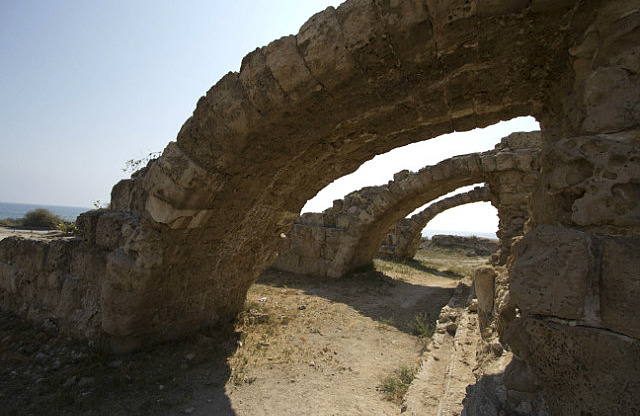
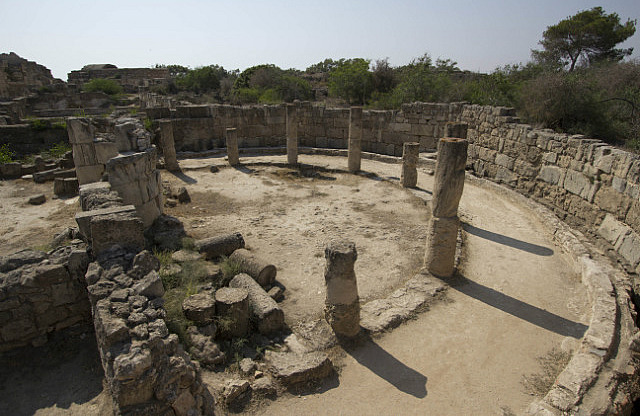

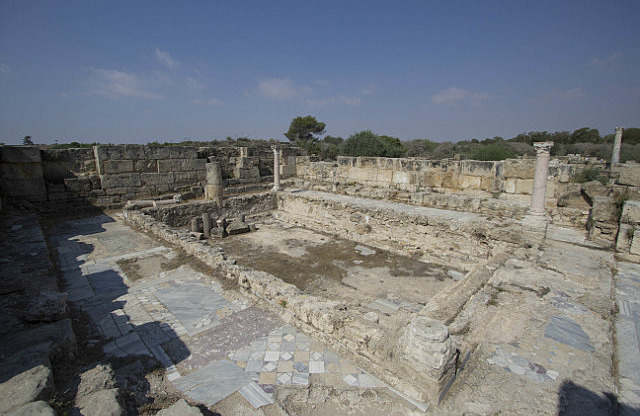
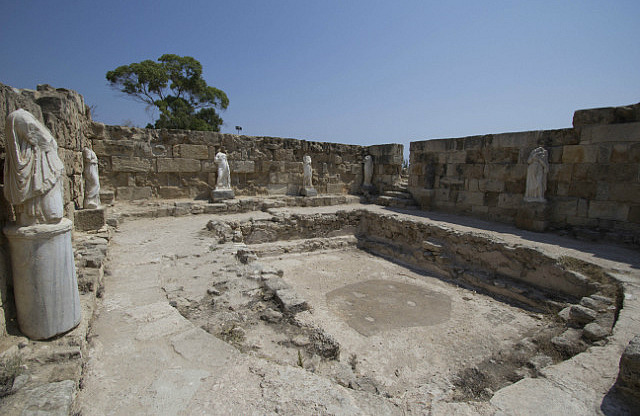
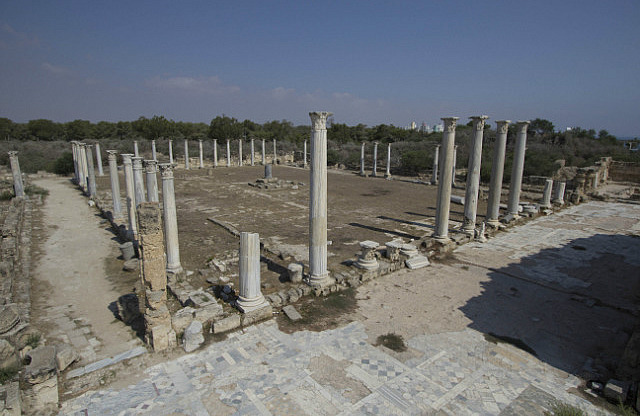
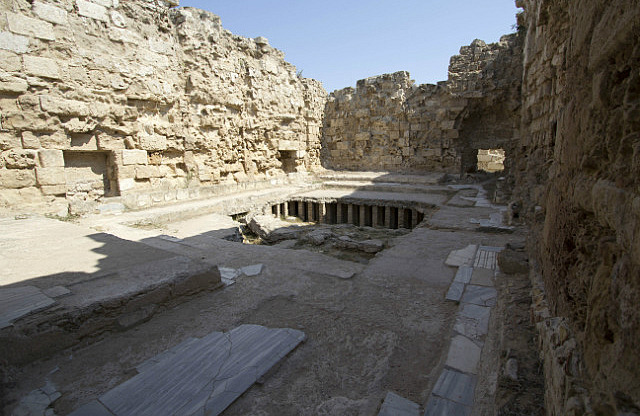
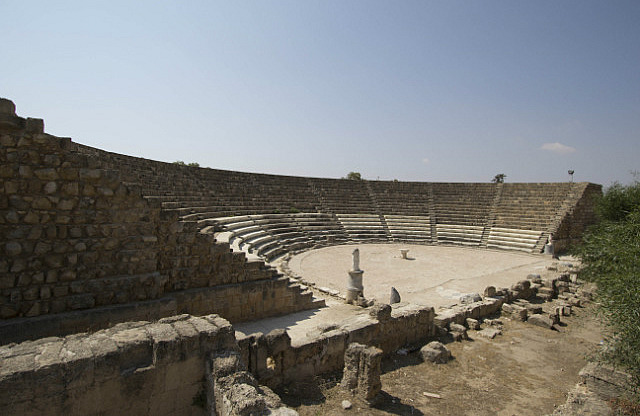
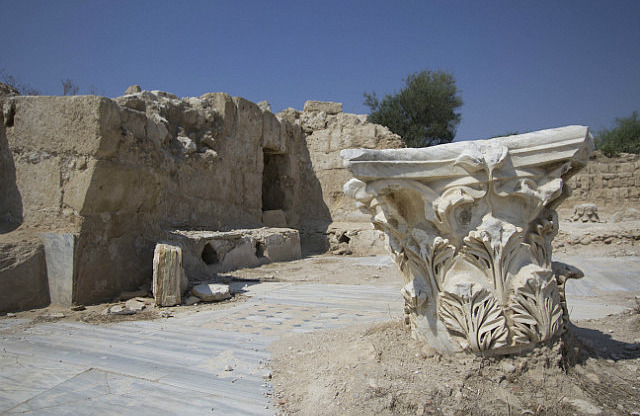
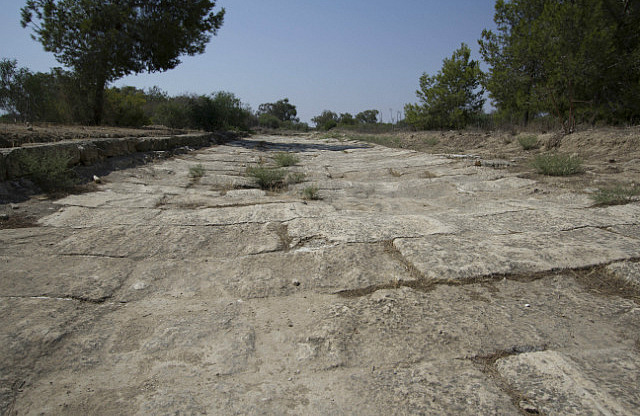
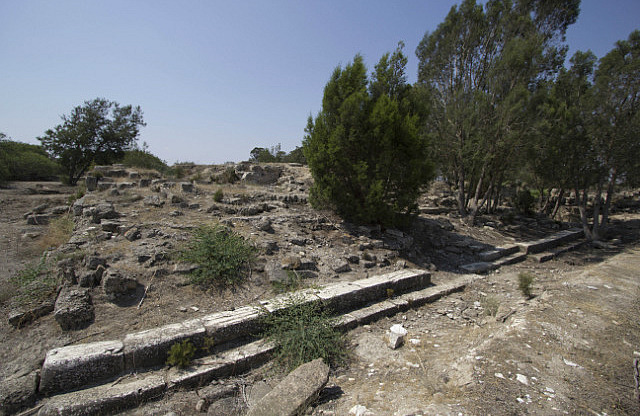
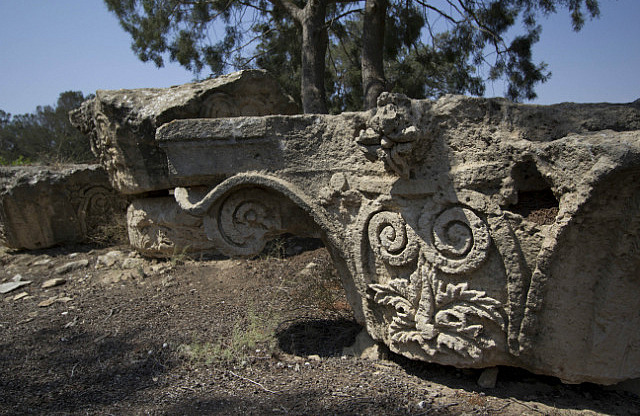
Comments